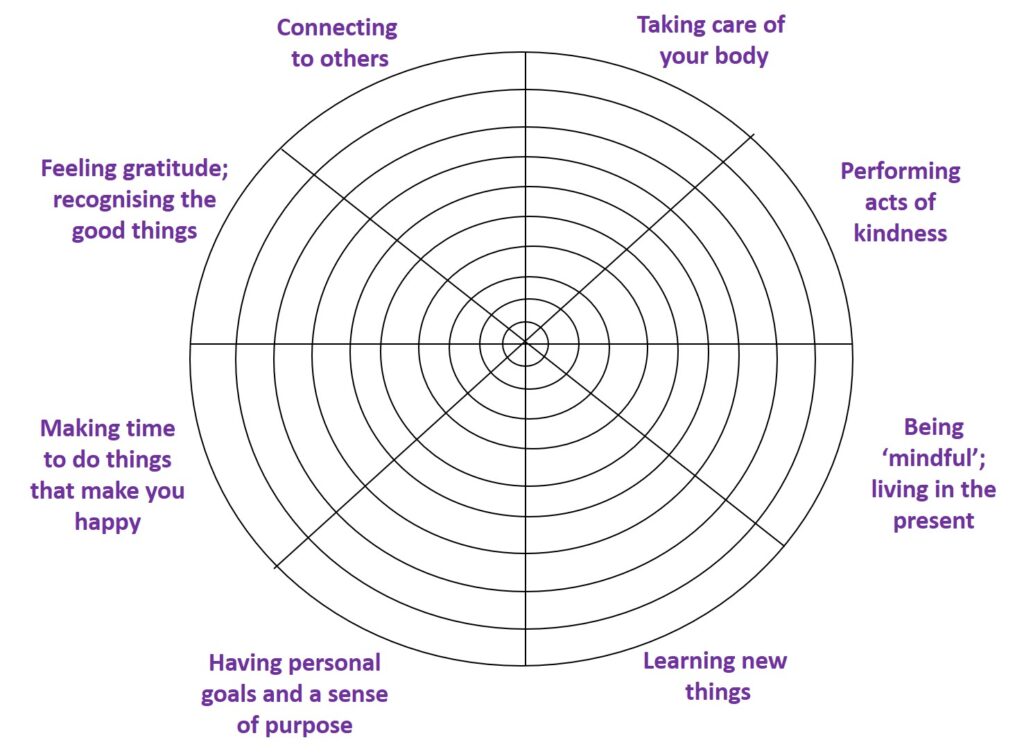Announcing my new novel – THE ACCIDENT – publication date October 2022
I’m so excited as I’ve just seen the cover design of my new psychological suspense novel and I love it! As soon as all permissions are cleared I will mail it out to you all. Meanwhile, here’s a little bit about the story.
The background to THE ACCIDENT
Back in 2018 I frequently drove to Southend to visit my great aunt. One day on the return trip, I saw a couple kissing on the pedestrian bridge that spanned the A-road. It struck me as an odd place to stop for a kiss – engulfed by the noise and fumes from the traffic it was hardly romantic. Why were they meeting there?
That started the chain of thought that ultimately led to the novel, The Accident.

What is the story about?
When an unidentified woman falls to her death from a bridge, landing on Janice’s car, the police rule it as misadventure. It’s not an act of suicide or murder, it’s just an accident. But for Janice, it feels that fate has thrown them together.
As a genealogist, Janice is used to tracking down clues – is even a little obsessive, one might say… The police know so little about the dead woman that Janice decides to start her own investigation into the victim and the people she knew. Surely someone must be to blame?
Sometimes the only way to uncover the truth is to lie… and for Janice, living a lie comes all too easily – she’s done it since childhood. Pretending to be the dead girl’s relative, she charms her way into the girl’s former life. As she builds relationships with the woman’s friends and family, she believes she’s found the loving family she’s been seeking all her life. However, all is not as it at seems.
What is the lead character like?
I love my lead character, Janice. I imagine that she looks like the actress Joanna Scanlon: a woman who day-to-day may look a bit tired and dowdy, but put her in the right clothes with the right people and she comes to life with her ready smile. Janice is a middle-aged woman who lives a quiet, single life, keeping herself busy with her genealogy work. In truth she’s still pining for her lost first love, and while she waits for somewhere to pour out all that love she nurtures wild animals. She’s generous and kind-hearted, but while she tries to see the best in others she has her own set of values and makes wry observations about the world around her when things don’t live up to her expectations. And when the dead girl’s family fail her, her bitterness spills out…
The Accident publishes in October 2022 – I hope you enjoy it!










